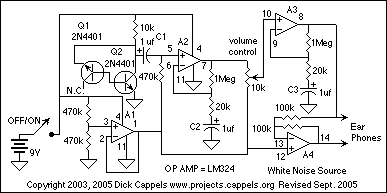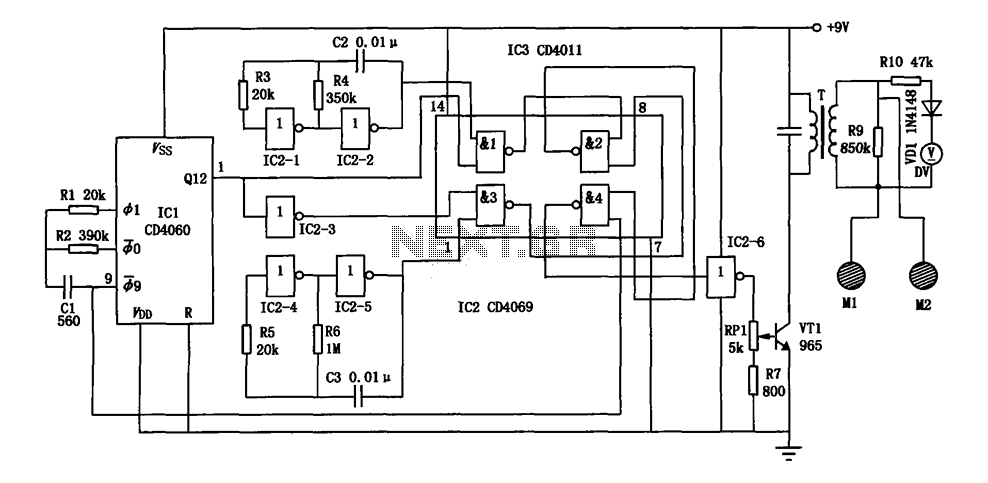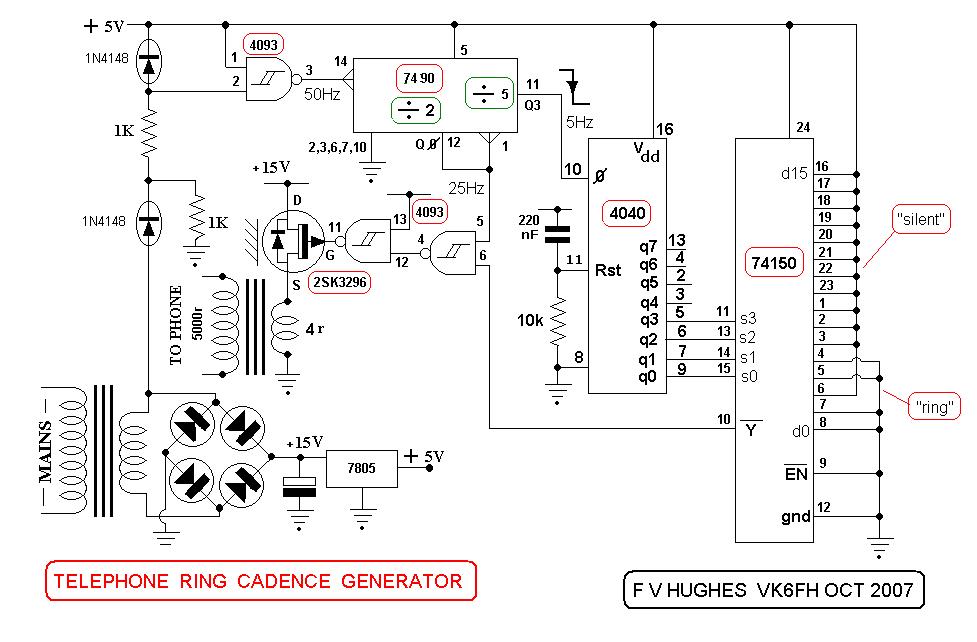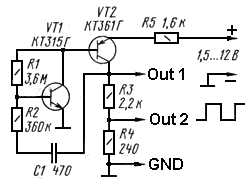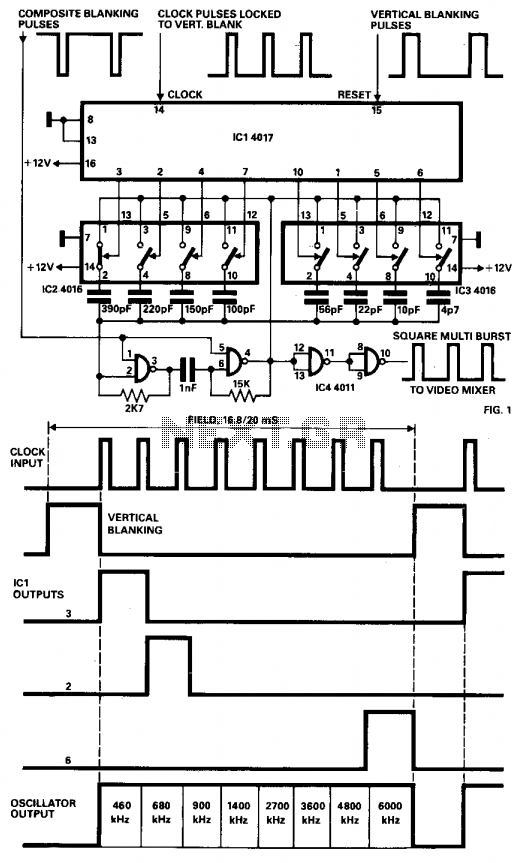
Sine wave generator composed of inverter
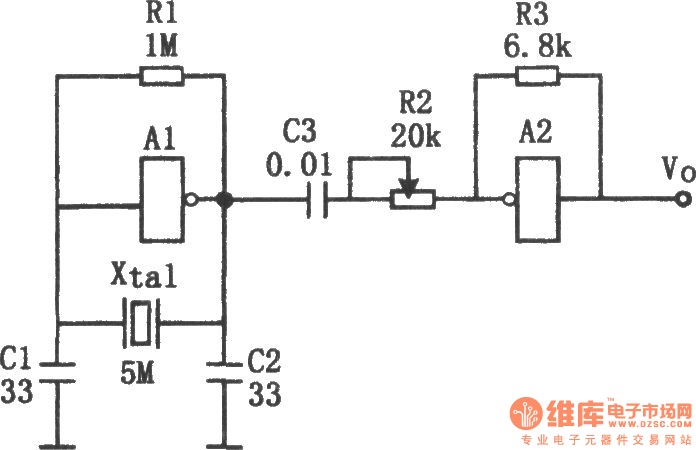
The sine wave generator composed of an inverter is illustrated in the chart. This circuit can produce a high-stability sine wave at frequencies exceeding a few megahertz. In the diagram, A1 and the crystal oscillator create an oscillating circuit, with the output of A1 transforming into a sine wave signal after passing through buffer A2. A1 functions as a linear amplifier, and the entire circuit operates in an amplifying state.
The sine wave generator utilizes an inverter configuration to achieve high-frequency oscillation. The core of the circuit is formed by operational amplifier A1, which is configured as a linear amplifier. This amplifier is critical for maintaining the integrity and stability of the sine wave output. The crystal oscillator provides a precise frequency reference, ensuring that the oscillation remains consistent and accurate.
The output from A1 is a raw sine wave signal, which may exhibit some distortion due to the nonlinear characteristics of the inverter. To mitigate this, buffer A2 is employed. This buffer serves to isolate the output of A1 from any load effects, allowing for a clean sine wave signal to be produced. The buffer also increases the output drive capability, enabling the circuit to drive loads without significant degradation of the waveform.
The overall design of the sine wave generator circuit is optimized for high-frequency applications, typically in the range of several megahertz. The choice of components, particularly the operational amplifier and the crystal oscillator, is crucial for achieving the desired performance specifications. Proper power supply decoupling and layout considerations are also essential to minimize noise and ensure stable operation.
In summary, this sine wave generator circuit is a reliable solution for applications requiring high-frequency sine wave signals, with a focus on stability and low distortion.The sine wave generator composed of inverter is shown as the chart. The circuit could get high stable sine wave in more than a few MHz. In the figure, A1 and the crystal oscillator form a oscillating circuit, the output of A1 becomes sine wave signal after passing the buffer A2. In the circuit, A1 is linear amplifier, the whole circuit is in amplifying state.. 🔗 External reference
The sine wave generator utilizes an inverter configuration to achieve high-frequency oscillation. The core of the circuit is formed by operational amplifier A1, which is configured as a linear amplifier. This amplifier is critical for maintaining the integrity and stability of the sine wave output. The crystal oscillator provides a precise frequency reference, ensuring that the oscillation remains consistent and accurate.
The output from A1 is a raw sine wave signal, which may exhibit some distortion due to the nonlinear characteristics of the inverter. To mitigate this, buffer A2 is employed. This buffer serves to isolate the output of A1 from any load effects, allowing for a clean sine wave signal to be produced. The buffer also increases the output drive capability, enabling the circuit to drive loads without significant degradation of the waveform.
The overall design of the sine wave generator circuit is optimized for high-frequency applications, typically in the range of several megahertz. The choice of components, particularly the operational amplifier and the crystal oscillator, is crucial for achieving the desired performance specifications. Proper power supply decoupling and layout considerations are also essential to minimize noise and ensure stable operation.
In summary, this sine wave generator circuit is a reliable solution for applications requiring high-frequency sine wave signals, with a focus on stability and low distortion.The sine wave generator composed of inverter is shown as the chart. The circuit could get high stable sine wave in more than a few MHz. In the figure, A1 and the crystal oscillator form a oscillating circuit, the output of A1 becomes sine wave signal after passing the buffer A2. In the circuit, A1 is linear amplifier, the whole circuit is in amplifying state.. 🔗 External reference
